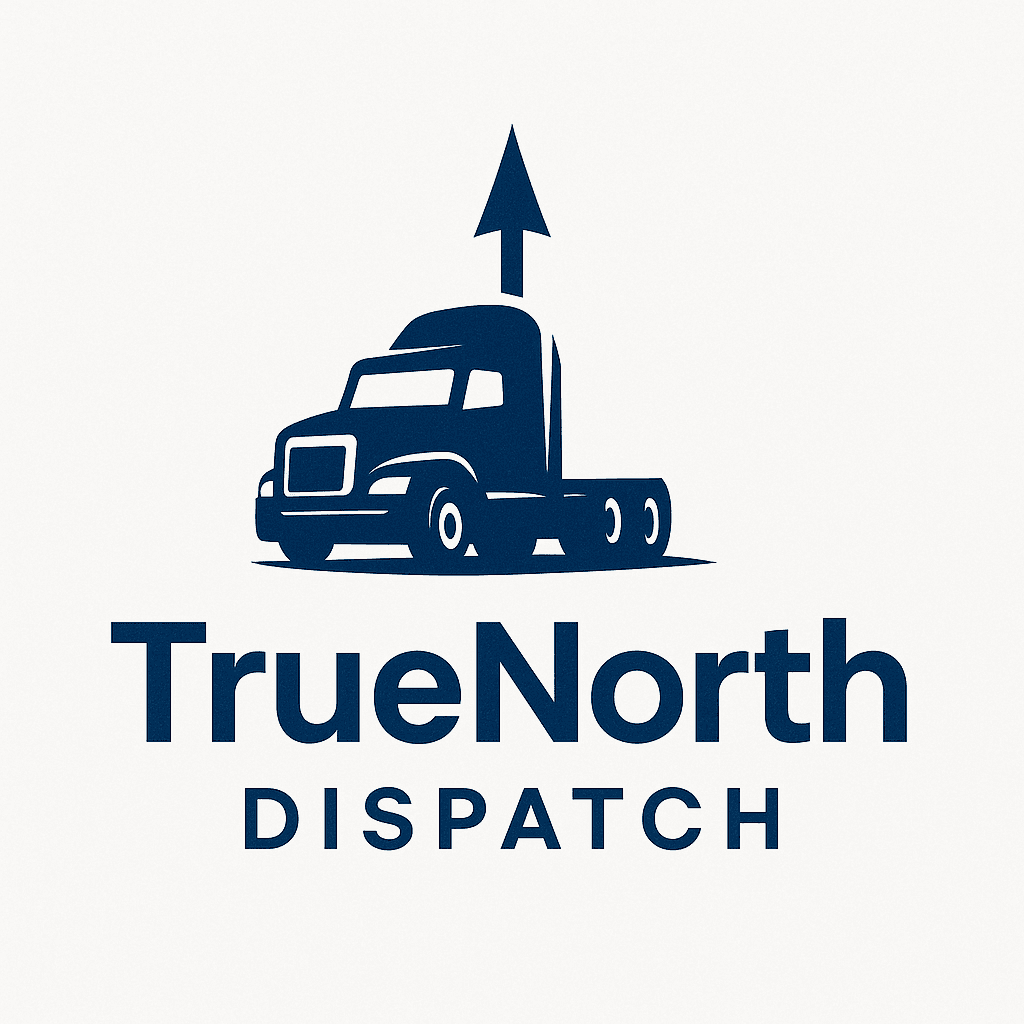Common Misconceptions About Dispatching Services in the US
Understanding Dispatching Services
Dispatching services play a crucial role in various industries, ensuring that resources are optimally allocated and operations run smoothly. Despite their importance, several misconceptions surround these services, particularly in the US. This blog post aims to clarify some of the most common misunderstandings.

Misconception: Dispatching Is Only for Large Companies
One prevalent belief is that dispatching services are only suitable for large enterprises with extensive logistics needs. In reality, dispatching can benefit businesses of all sizes. Small and medium-sized companies can also leverage dispatching services to streamline operations and improve efficiency. By outsourcing dispatch, smaller companies can access the same level of expertise and technology as larger organizations.
Scalability and Flexibility
Dispatching services offer scalability that can adapt to a company's growth. As your business expands, dispatching can scale to meet increased demands without the need for significant investments in new infrastructure. This flexibility allows companies to stay competitive without overextending resources.

Misconception: Dispatching Is Only for Transportation
While dispatching is commonly associated with transportation and logistics, its applications extend far beyond these sectors. Industries such as healthcare, emergency services, and utilities also rely heavily on dispatching to manage their operations efficiently. For instance, emergency medical services (EMS) use dispatching to route ambulances and coordinate responses effectively.
Wide Range of Applications
Dispatching services can be customized to fit various industry needs. In utilities, dispatching helps coordinate field technicians, ensuring timely repairs and maintenance. This adaptability makes dispatching an invaluable tool across multiple sectors.

Misconception: Dispatching Is Expensive
Another common misconception is that dispatching services are costly and only feasible for organizations with large budgets. However, many dispatching solutions offer affordable pricing models tailored to different business sizes and requirements. By boosting operational efficiency, dispatching can ultimately lead to cost savings, outweighing the initial investment.
Cost-Effective Solutions
Many service providers offer tiered pricing plans, allowing companies to choose a package that best fits their needs and budget. Additionally, by minimizing delays and optimizing resource allocation, dispatching contributes to reducing operational costs in the long run.

Conclusion
Dispelling these misconceptions helps businesses understand the true value of dispatching services. By recognizing their scalability, wide-ranging applications, and cost-effectiveness, companies can better leverage dispatching to enhance their operations. Whether for logistics, healthcare, or utilities, dispatching remains an essential component for efficiency and success in today's fast-paced environment.
